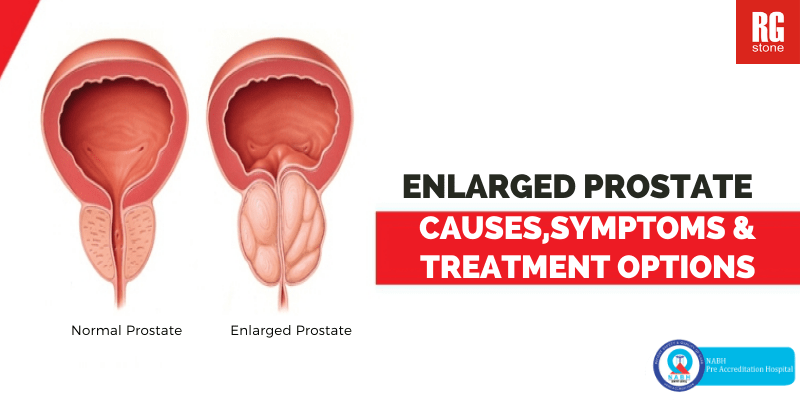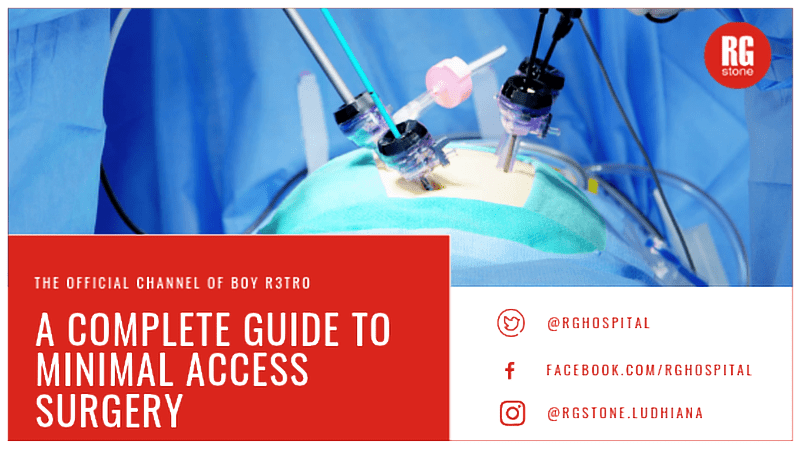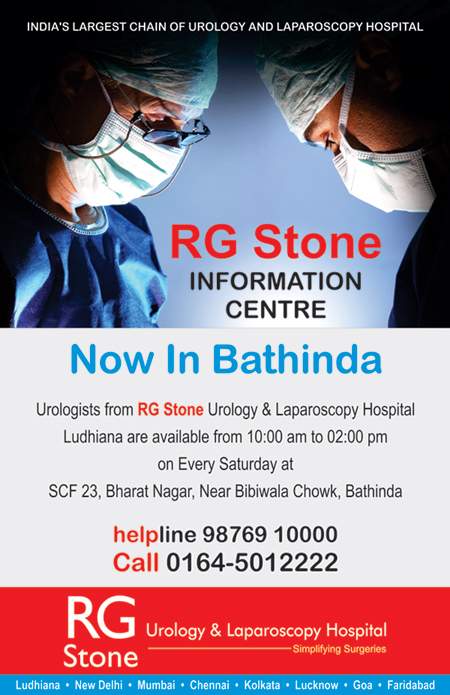Enlarged Prostate
An enlarged prostate is a condition that affects men where the prostate gland has increased in size. Clinically defined as benign prostatic hyperplasia (BPH), this condition is not cancer; neither does it increase the patient’s chances of developing cancer. While the prostate increases in size as a male grows, it is imperative to note that an older man will have a bigger prostate than that of a younger man. This condition is dangerous for when it comes to urination and the fact that in treating the condition, the man is susceptible to developing problems in their sexual ability. The effects due to this condition are dependent on age, genetics, and the level of anxiety as displayed by the patient.
Causes
Multiple factors lead to the development of an enlarged prostate. First is an alteration in the balance of sex hormones. This happens as the man grows older. Thus
- Aging: Chances of developing an enlarged prostate increases as the man grows older
- Family history: In case your father had an enlarged prostate the there is a high probability of you also developing the condition
- Diabetes and heart conditions: These conditions influence the formation of an enlarged prostate owing to the fact that they involve the beta-blockers, thereby increasing the chances of developing an enlarged prostate.
- Lifestyle: Lifestyle conditions like obesity have the potential to increase the risk of an enlarged prostate. On the other hand, exercise lowers the risk.
Symptoms
There are certain symptoms associated with an enlarged prostate including:
- A frequent need to urinate
- The feeling that your bladder is not completely emptied after urination
- A weak urine stream
- Problems starting or stopping urination
- Presence of blood in the urine
- Erectile dysfunction
- Reduced libido
- Problems maintaining an erection
Treatment Options
Multiple approaches are used in treating an enlarged prostate. Men must have their prostates screened regularly particularly the ones over 40, 45, and 50 years because these ages are the prime time for an enlarged prostate. In treating, multiple options are applicable in efforts to reduce the acuteness of this condition.
Surgical options
This is in the event that medication fails to eliminate the symptoms. These surgical approaches include:
- The transurethral resection of the prostate (TURP): This involves the cutting out of the prostate tissue.
- There is also the transurethral incision (TUIP) of the prostate: Here, grooves are made or created on the prostate
- The third is the transurethral microwave thermotherapy (TUMT): this involves the use of microwaves in destroying the excess prostate tissue.
- The prostatic urethral lift: this involves the movement of the prostate tissue away from the urethra.
Research has revealed that changes in the victim’s lifestyle can influence and get rid of the symptoms that are associated with an enlarged prostate. These include the reduction of the consumption of alcohol, sweeteners, and soda.






